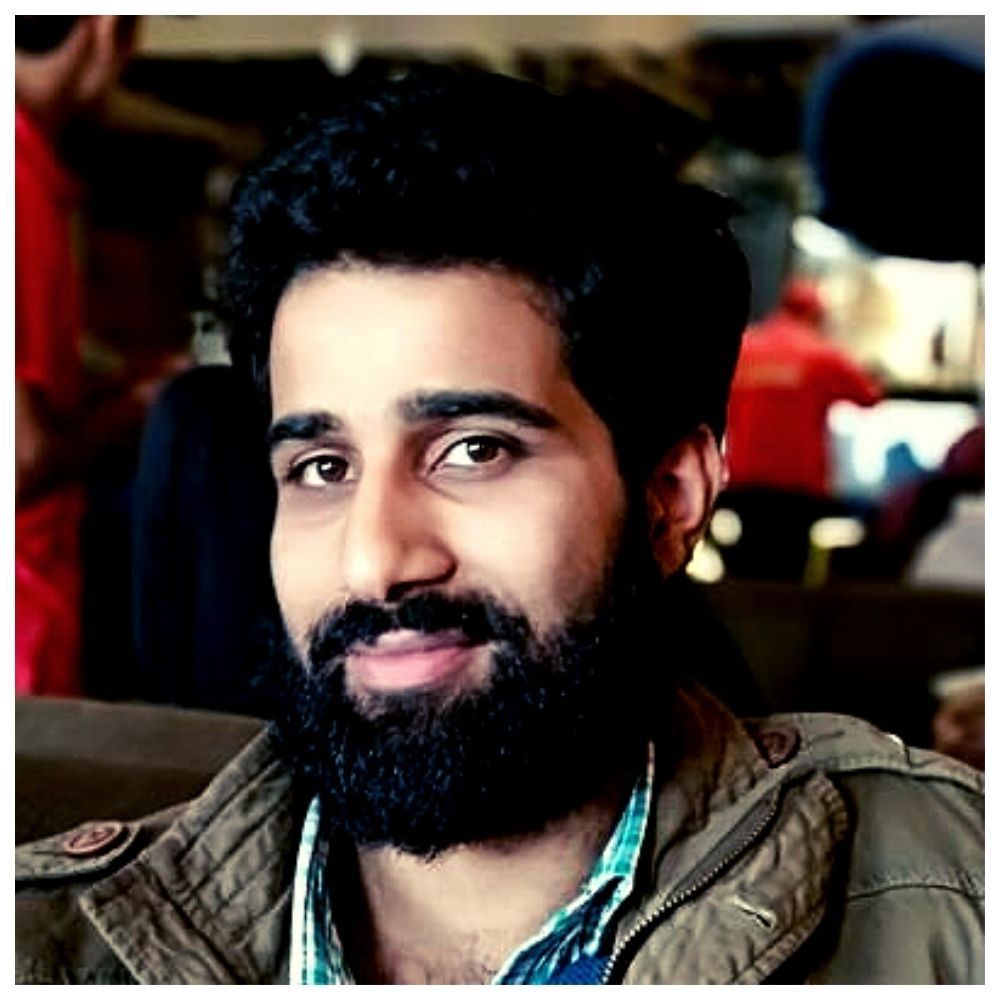3,145 reads
Python Libraries That One Must Try For Fun
by
December 30th, 2022
Audio Presented by

Writer - then sharing and then learning from the readers. Love to Read and Love to be Read.
About Author
Writer - then sharing and then learning from the readers. Love to Read and Love to be Read.